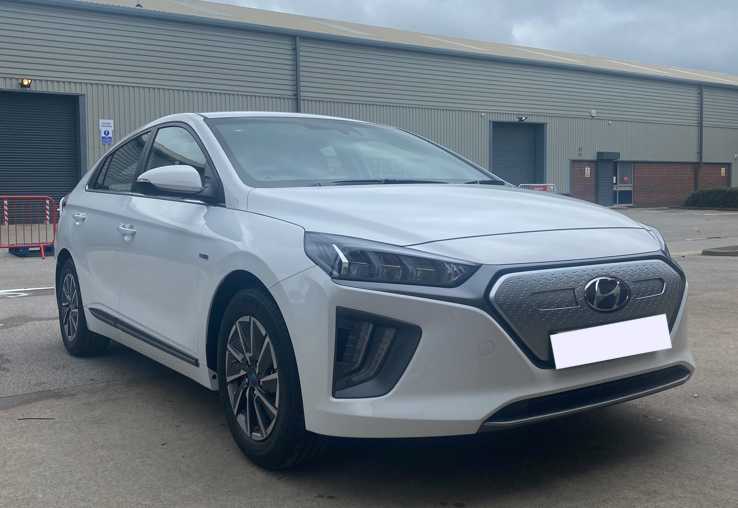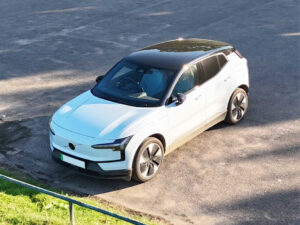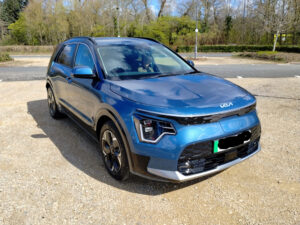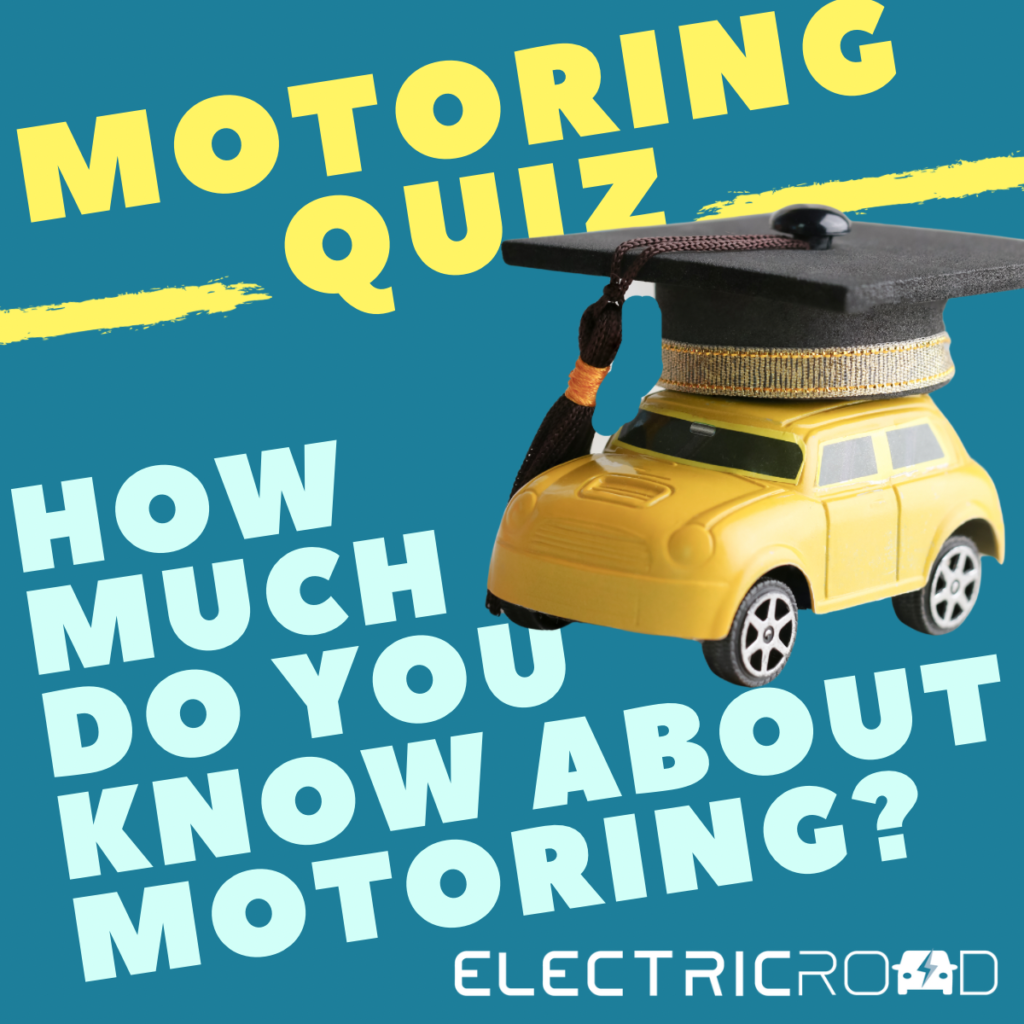Nick B drives a Hyundai IONIQ 38kW Premium and shares how he got started with this electric car.
Why did you buy the Hyundai IONIQ?
My wife had a MINI Countryman PHEV through a salary sacrifice scheme and we ran it in pure EV mode for about 80% of the time. When a second car was allowed through the scheme it had given me the confidence to go fully electric for our second car. The choice was down to cost, range and features.
The salary sacrifice scheme threw up an unusual set of cars with vastly differing retail prices for similar monthly costs. Once all the factors were considered the Hyundai IONIQ was chosen mainly because it was by far the best value and it had an acceptable range. In reality, it has proven to have a better range than initially anticipated, which is a bonus!
What got you into an electric car in the first place?
Having run both a PHEV and a BEV alongside each other for 2 years it’s now apparent that the BEV is far more capable than expected and has taken over the bulk of our long-distance journeys. Although not all journeys as there are a couple of time-sensitive regular trips it just couldn’t do. This is due to a lack of access to chargers at or close to the destination and an extra 25 miles of range or charge point at the destination would have made all the difference.
Initially, what did you find most confusing about electric car ownership and how did you solve that?
In all honesty, not a lot. I’m in the motor trade and have EV-related qualifications so the tech and principles were not an issue. My biggest change since actually living with one has been the charging strategy. Initially, if we were going a ‘longish’ distance and the car could not complete the entire trip on a single charge, I was charging at the stop-off or mid-point. This resulted in arriving home with a fair chunk of battery still available, with charging out and about being considerably more expensive than at home so I switched to looking for where the chargers were located closer to the end of the journey.
Often I’ve managed the trips without an out-and-about charge at all (which is great!) with a bit of careful driving or just needed a quick ‘volt and bolt’ for 10 minutes rather than 45 minutes at the mid-point. This has made certain round trips that are regular, far quicker than when I first had the car.
What sources of information helped you e.g. people, groups, websites etc?
I joined various Facebook groups mainly related to my car but some EVs in general. The owners’ groups have proved invaluable as hints and tips are from real-world experiences of fellow owners.
What are your top 3 pieces of advice for those people considering their first electric car?
- Know your usage profile, average daily miles, how often longer trips are genuinely undertaken and why they are undertaken. Adding a much bigger battery to get a higher range for one or two trips a year is very expensive both in purchase cost and the drop in efficiency the extra weight will bring. Time saved on the longer trips will often be negated by the extra time to charge on a daily or weekly basis to fill the bigger battery.
- Learn a few of the differences that make EVs more efficient e.g. heated seats/steering wheels rather than higher temp on the climate control, how and when to use regenerative braking & preconditioning in winter (both cabin and battery) whilst plugged in.
- Your smartphone is your friend, join the Facebook groups (fellow owners can be a wealth of information ) & lots of charging apps.
See other getting started reports here










